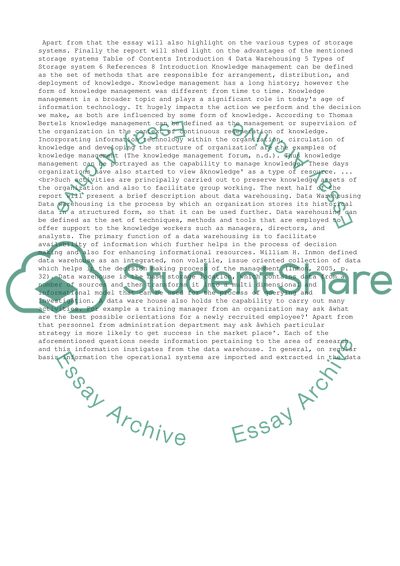Cite this document
(“How Knowledge-Management Repositories are Used within Organizations Essay”, n.d.)
How Knowledge-Management Repositories are Used within Organizations Essay. Retrieved from https://studentshare.org/management/1454889-describe-how-knowledge-management-repositories-are
How Knowledge-Management Repositories are Used within Organizations Essay. Retrieved from https://studentshare.org/management/1454889-describe-how-knowledge-management-repositories-are
(How Knowledge-Management Repositories Are Used Within Organizations Essay)
How Knowledge-Management Repositories Are Used Within Organizations Essay. https://studentshare.org/management/1454889-describe-how-knowledge-management-repositories-are.
How Knowledge-Management Repositories Are Used Within Organizations Essay. https://studentshare.org/management/1454889-describe-how-knowledge-management-repositories-are.
“How Knowledge-Management Repositories Are Used Within Organizations Essay”, n.d. https://studentshare.org/management/1454889-describe-how-knowledge-management-repositories-are.


